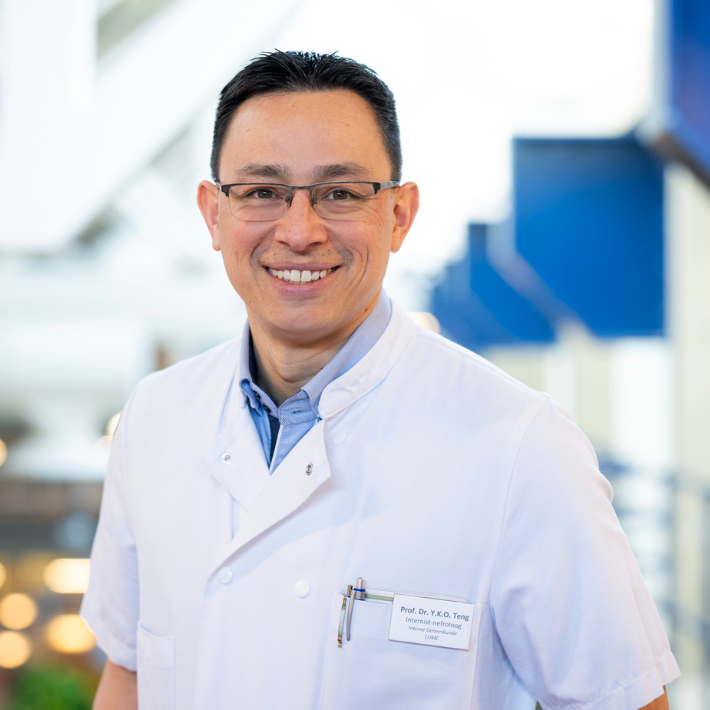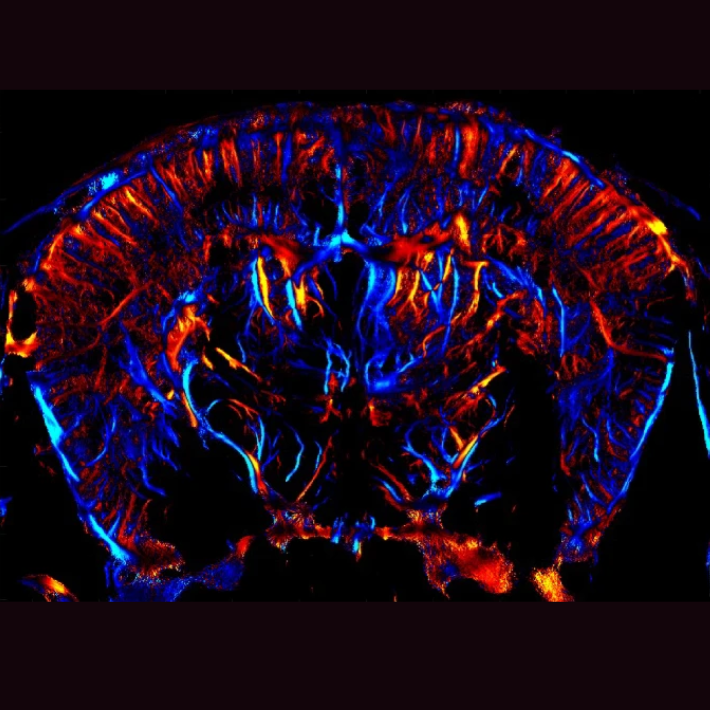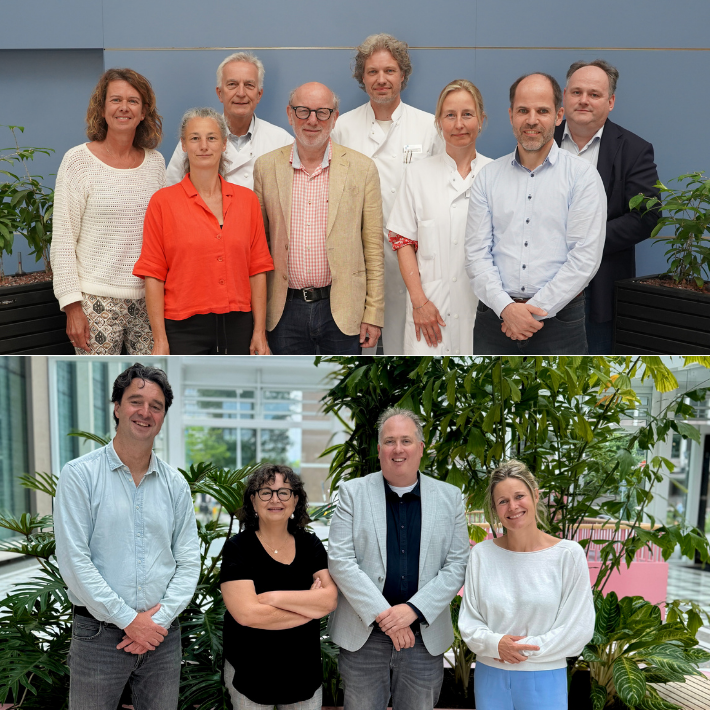On the right track: moving forward together in care for rare diseases
&width=710&height=710)
Rare diseases: small in numbers, big in impact
A disease is considered rare if it affects fewer than 1 in 2,000 people. There are an estimated 8,000 different rare diseases, most of which are genetic or congenital. Although each disease is rare on its own, around 1.2 million people in the Netherlands live with the consequences. That is an average of 250 patients per disease.
Many of these diseases are chronic, severely disabling, or even life-threatening and often involve a systemic autoimmune disease. In these patients, the immune system, which normally fights bacteria, viruses, and fungi, mistakenly attacks the body’s own tissues. Multiple organs and systems can be affected simultaneously.
Most patients are diagnosed at an early age, often before the age of 40. This means they are dependent on specialist care for most of their lives. Unfortunately, for many of these conditions, no curative treatment is available.
The care train: why diagnosis can take so long
Because rare diseases are uncommon, they are often difficult to recognize. Many patients live for years with vague symptoms without a clear diagnosis. “It’s like searching for a needle in a haystack,” says professor Onno Teng. “It often takes a long time before someone reaches the right specialist, and it can take years to get the correct diagnosis.”
Teng compares the healthcare system to a crowded train during rush hour. “Patients are waiting on the platform for the care train. Those with a common condition can board easily and quickly reach the right destination. But for people with a rare disease, it is more difficult. They often need complex care from multiple specialists. That makes it harder to ‘get on board’ and receive optimal care.”
And pressure on the healthcare system is increasing, making the platform even more crowded. “The fuller the platform, the harder it becomes for these rare patients to get on board to receive care. This often remains invisible, and patients tell us all the time how they struggle to access the right and optimal care. Not because healthcare professionals aren’t trying, but because the system is mainly designed for the main routes: the well-known pathways for common diseases. For rare diseases, direct connections are often missing. Patients must transfer, detour, or wait for a train. The right destination exists, but it is hard to reach.”
Good care starts with accessible expertise
“To change this, we need to organize the network more intelligently. That is why collaboration in expert networks is so important. It starts with accessible expertise: healthcare professionals must be able to quickly consult colleagues with experience in rare diseases,” Teng says.
There are around 350 expertise centers in the Netherlands. Most of them are linked to university hospitals. These centers bring together teams of specialists to provide tailored care for rare diseases. Many are also part of a European Reference Network (ERN), such as ERN RITA, to share knowledge and experience internationally. Leiden University Medical Center (LUMC) has 32 expertise centers treating 230 different rare diseases and participates in 15 ERNs. This enables knowledge sharing both nationally and internationally, contributing to faster recognition and better care, also for very rare conditions.
[The text continues after the information box]
But even with all this knowledge, it is not always clear where or how a patient should enter the care system. That is where the digital conductor comes in: a digital portal that helps healthcare professionals to find the right track within the expertise network. LUMC played a leading role in developing a data-secure and efficient system to share medical information since 2023.Recently, LUMC received funding to further expand the portal.
Through the portal, healthcare professionals can request an “expertise consultation.” They receive advice from an expertise center on possible diagnosis, treatment, or referral for patients with a rare disease. “Thanks to these consultations, healthcare professionals can start the right treatment more quickly and effectively,” says Teng. “Appropriate care where expertise travels, instead of the patient .”
The next step: (Re)recognize the true expert: the patient!
But how do we keep healthcare accessible in the future for patients with rare diseases? According to Teng, it is time to rethink our idea of ‘expertise.’ “Rare diseases are so uncommon that doctors often have little experience with them. But patients live with them every day. Their knowledge and experience are incredibly valuable, and we need to use that.”
A good example is the app developed by the LuVaCs expertise center at LUMC for people with ANCA-associated vasculitis. This rare disease causes inflammation in small blood vessels, which can damage organs and tissues. In the app, patients regularly fill out a short health questionnaire. The answers are linked to medical data from the electronic health record (EHR).
“Based on the app and EHR data, a nurse specialist assesses the risk of complications. If the risk is low, outpatient visits can be reduced. If the risk is high, we contact the patient sooner or more often. This creates a digital care pathway that allows care to be better tailored to what is truly needed at that moment with the patient playing an active role.”
Together on the right track
Care for rare diseases requires exceptional collaboration, even beyond hospital walls. That means knowledge that travels, care that connects, and patients who contribute their expertise. Together with the expertise network, we build a future where no one is left behind on the train platform. Appropriate care for patients with rare diseases will truly gain momentum. With Teng’s new role in ERN RITA, it’s great that LUMC can share this vision not only regionally, but also nationally and across Europe.

&width=710&height=710)
&width=710&height=710)
&width=710&height=710)